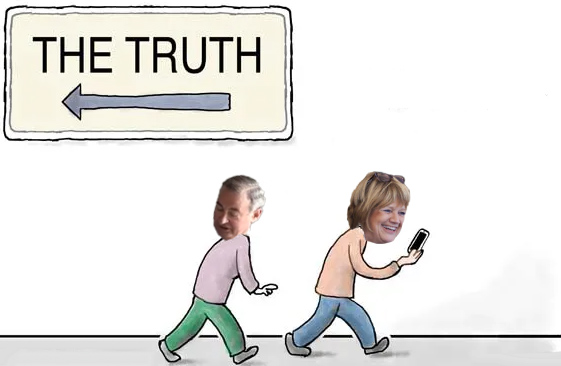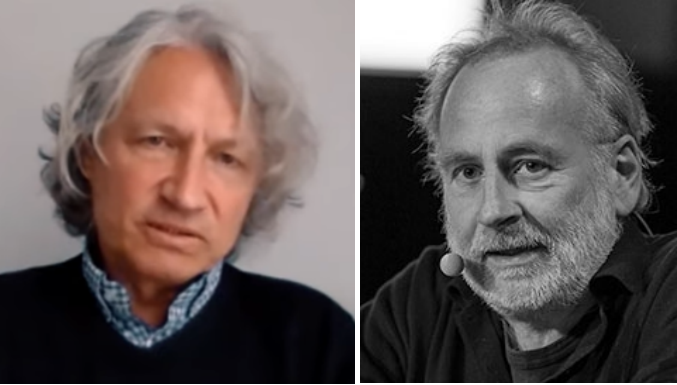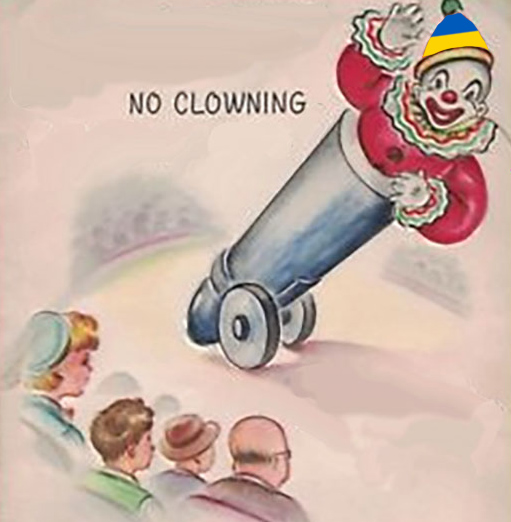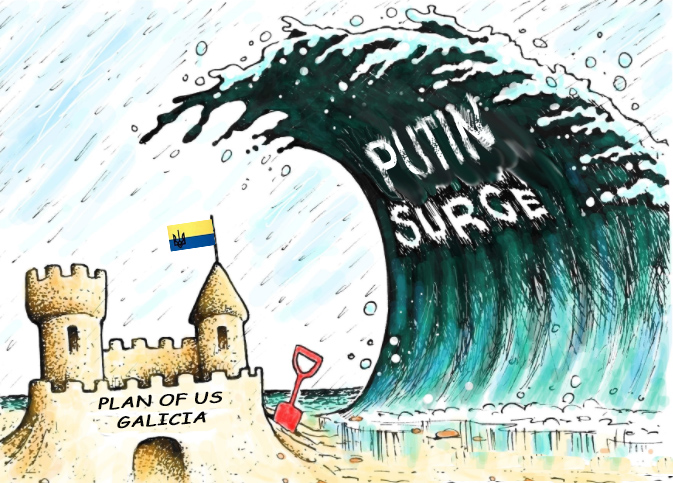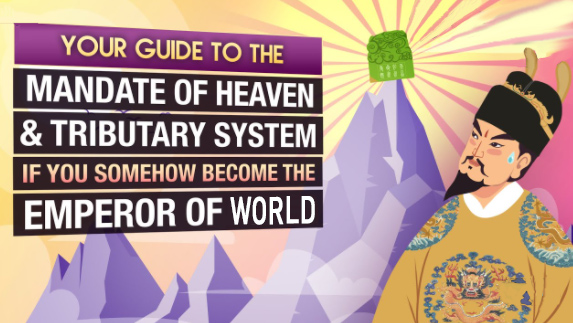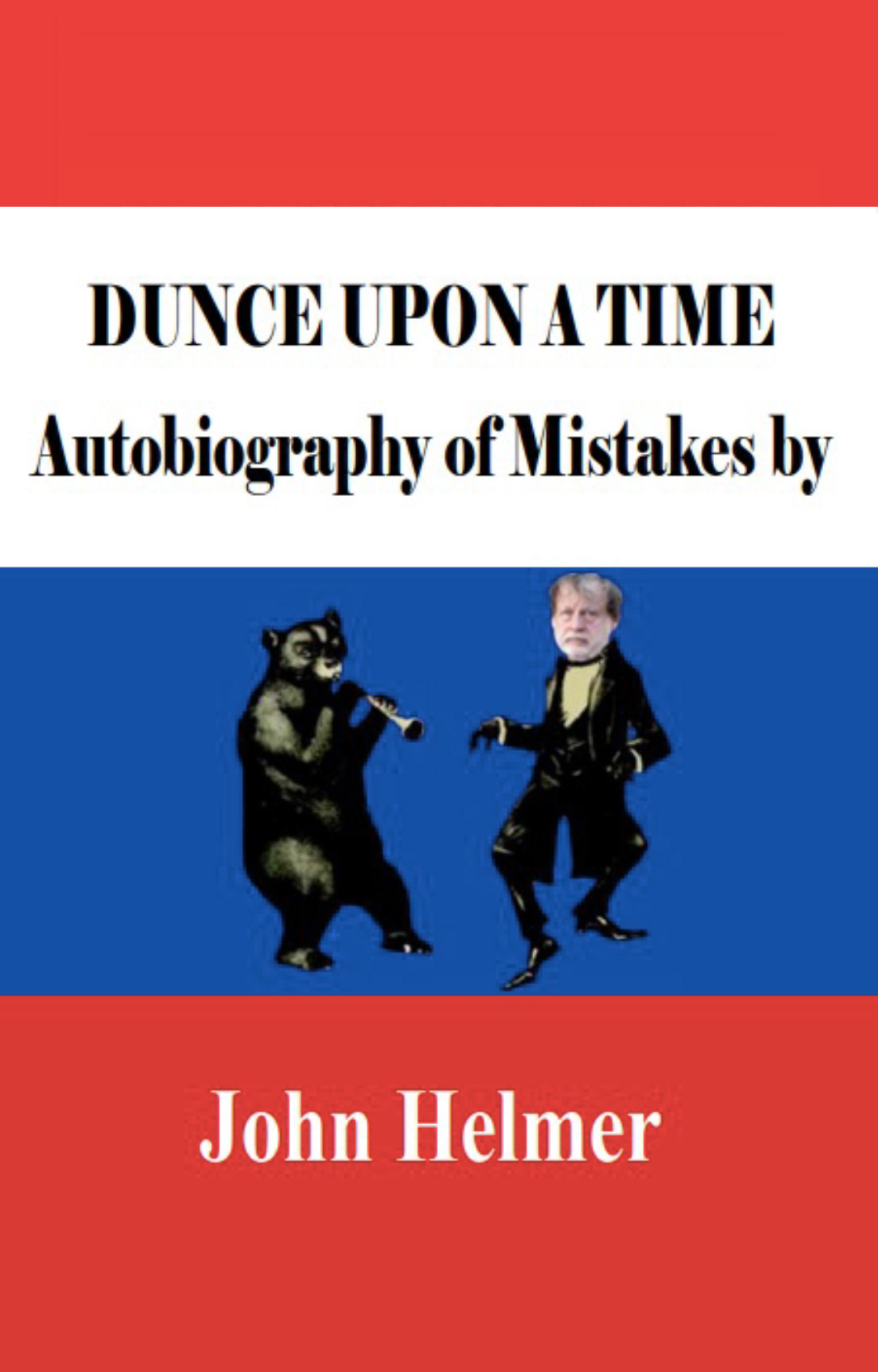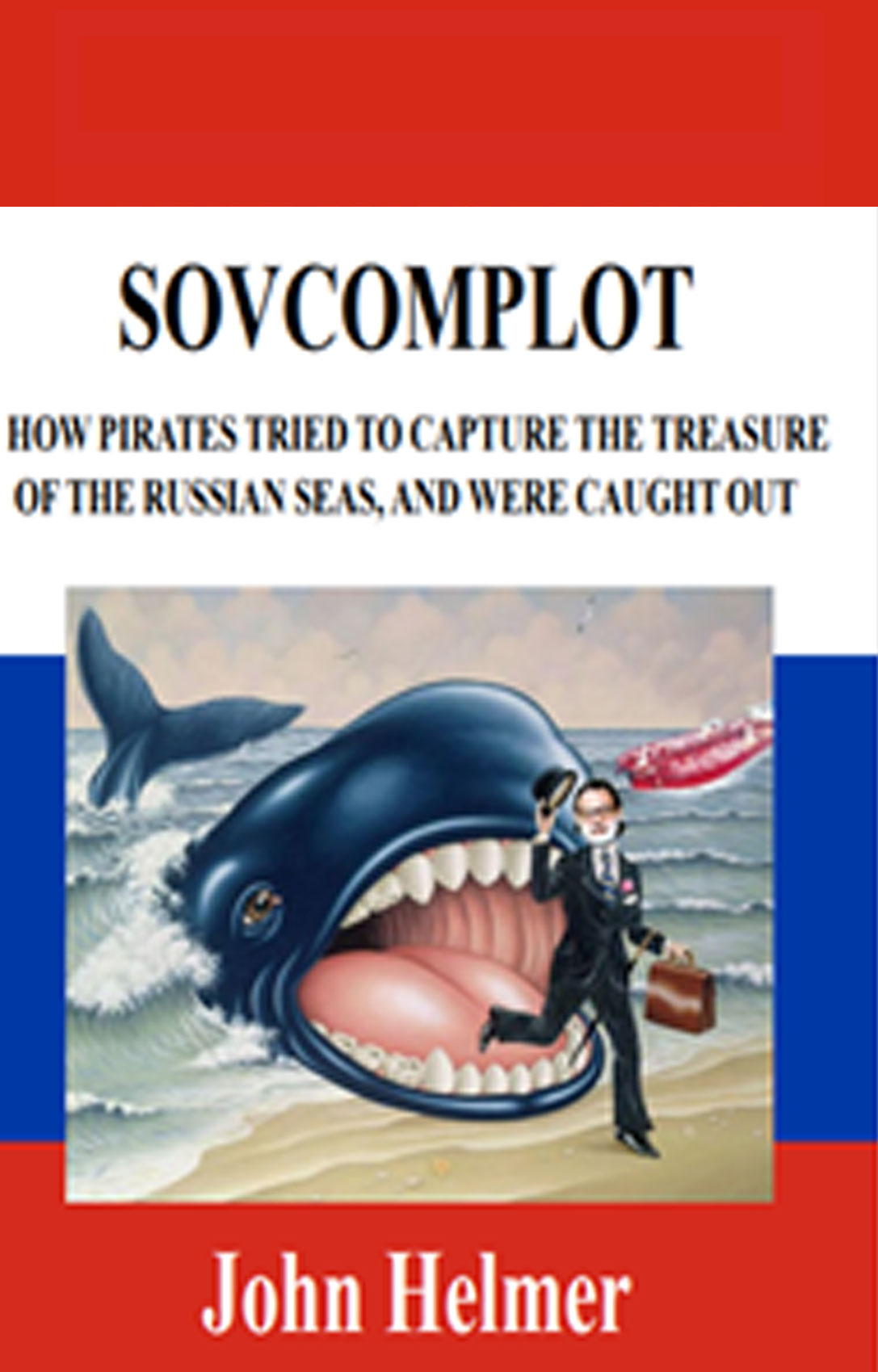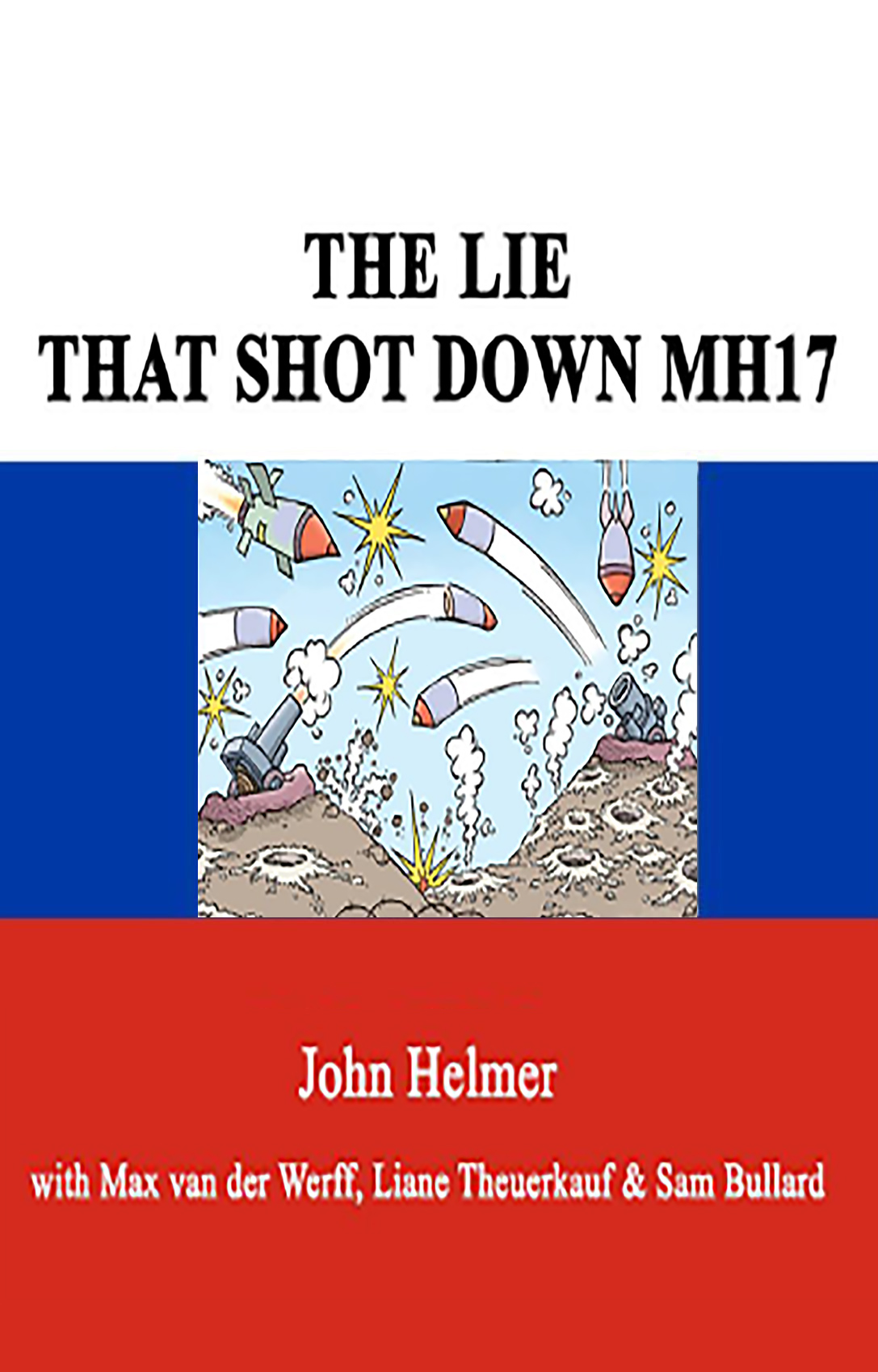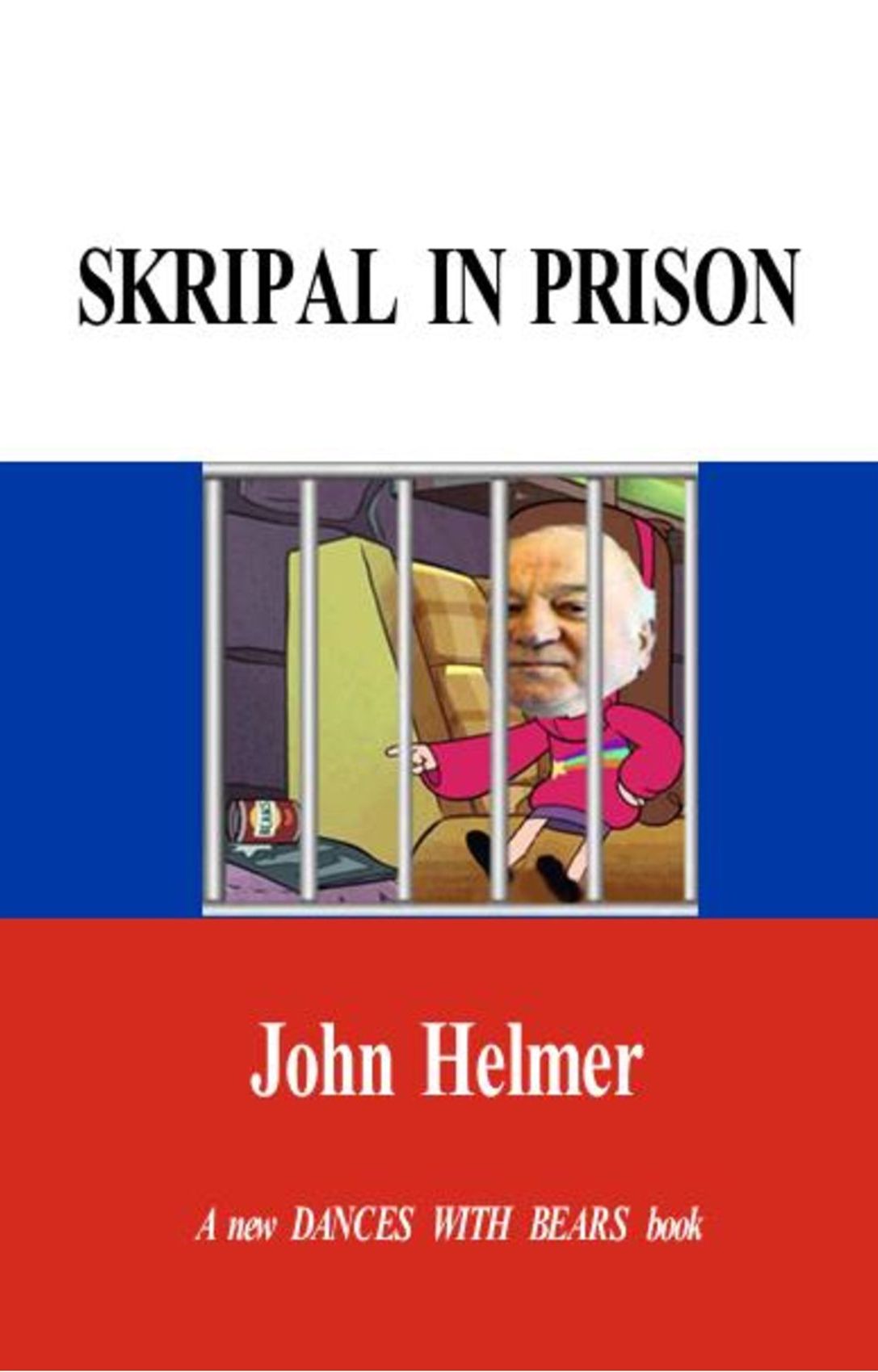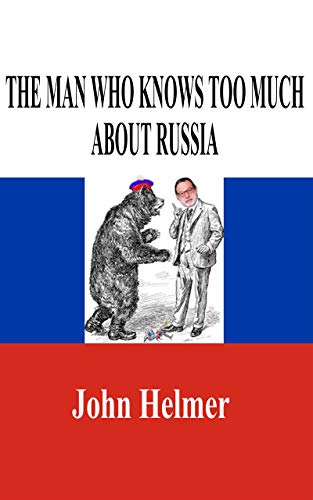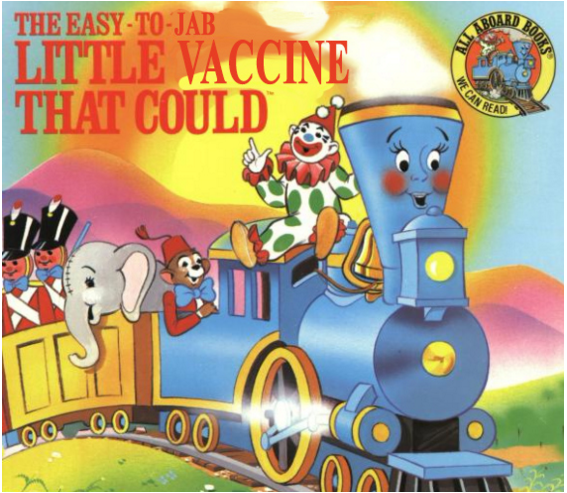
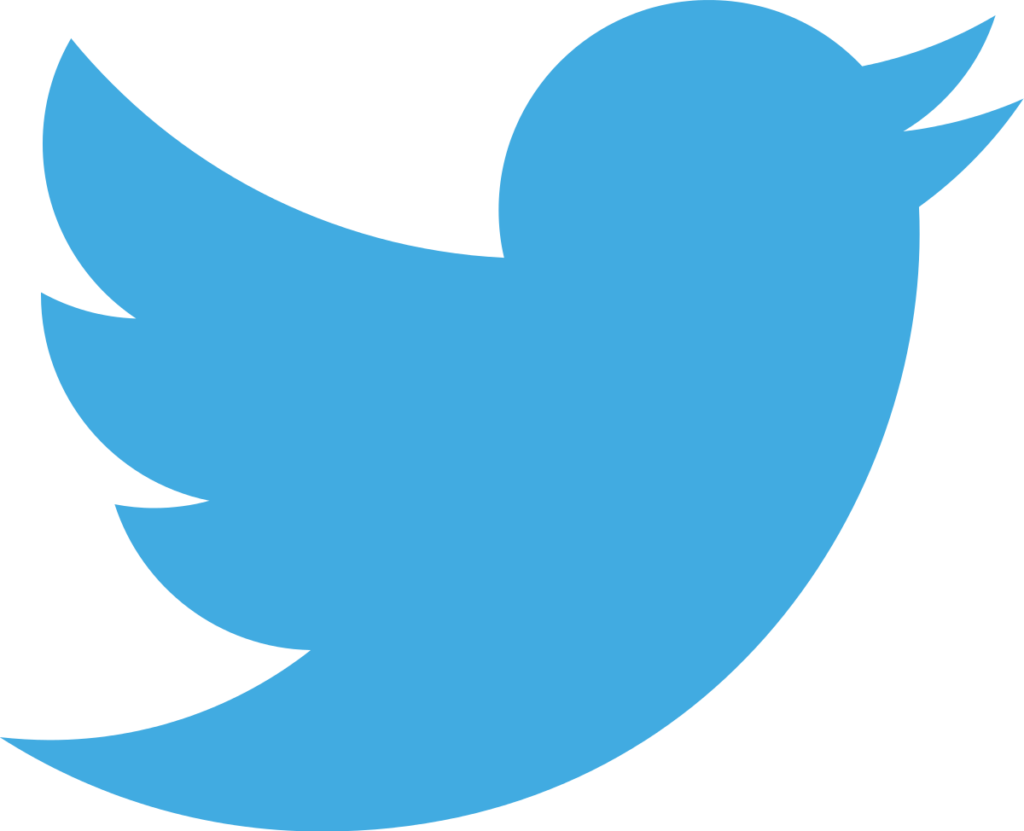
By John Helmer, Moscow
@bears_with
Nothing is more certain than that wars make fortunes for gunmakers and pandemics make fortunes for vaccine makers.
It’s uncertain whether it’s the market, the politics, or the science which advances some vaccines at the expense of others. In the 150-year history of medical markets, the Covid-19 vaccines have been fastest from the science to the money – faster and further ahead of the vaccines for measles, hepatitis, cervical cancer, and polio. At this speed, profit and share price have done most of the talking, followed by the politics of regulator approval. It’s too soon for science to measure and report the long-term benefit versus harm of these Covid-19 vaccines, especially the genetic engineering types known as messenger ribonucleic acid (mRNA).
After two years of the coronavirus, the World Health Organization (WHO) reports there are 148 vaccines currently under clinical testing. It’s quite late for most of them to make back their cost, let alone earn super profits.
The US has developed two of the vaccines, Moderna and Johnson & Johnson (Janssen), and with German science, produced and marketed a third, Pfizer-BioNTech. China has developed and marketed three major vaccines – Sinopharm, CoronaVac, Convidecia – and several minor ones. India has produced more than three, as have Cuba and Iran. Turkey, Kazakhstan, and the UK have produced one each; the last of them, Oxford-Astra-Zeneca is the runner-up to Pfizer in reach worldwide. France’s Sanofi has produced one, but it has yet to reach market.
Russia has produced three Covid-19 vaccines – Sputnik (Sputnik V and Sputnik Lite), EpiVacCorona, and CoviVac.
Vaccine market entry decided by national and international regulators is a measure of political and corporate power; global dosage totals are the result. Pfizer has dominated the European Union market with roughly three times the number of doses administered than all its competitors combined. In rank order after Pfizer come Moderna, Astra-Zeneca, Johnson & Johnson, Sputnik, Sinovac and Sinopharm. In the US market, Pfizer dominates with a 59% share; Moderna with 38%; Johnson & Johnson with just 3%. Non-American vaccines have been kept out of the American market entirely. That isn’t the result of science.
But in the world as a whole, China and India lead in the aggregate of doses; Cuba, the United Arab Emirates, and Chile lead in the number of doses administered per hundred people.
By contrast with the global and European standards, Russians have been more resistant to vaccination and more skeptical of the science. With a dosage per hundred people of 111, the Russian vaccination rate has been half the European Union average; a third the US rate; about equal to Honduras or Pakistan.
In the Russian market this is the short story of CoviVac — the vaccine which has tried to make its way against oligarch money, Moscow politics, and the paradoxical contest of one of the most advanced vaccine science establishments in the world with one of the most coronavirus skeptical of populations.
(more…)
